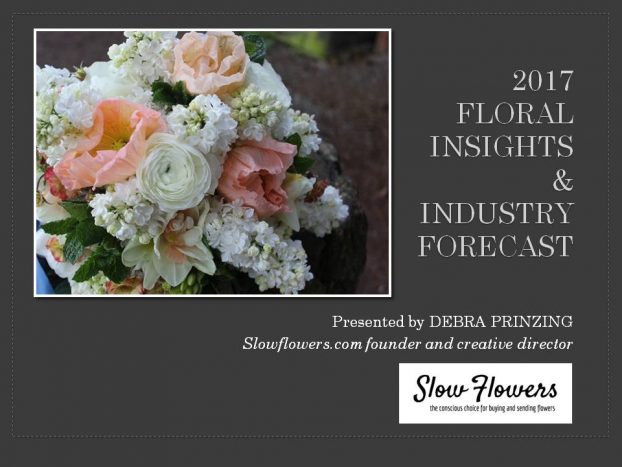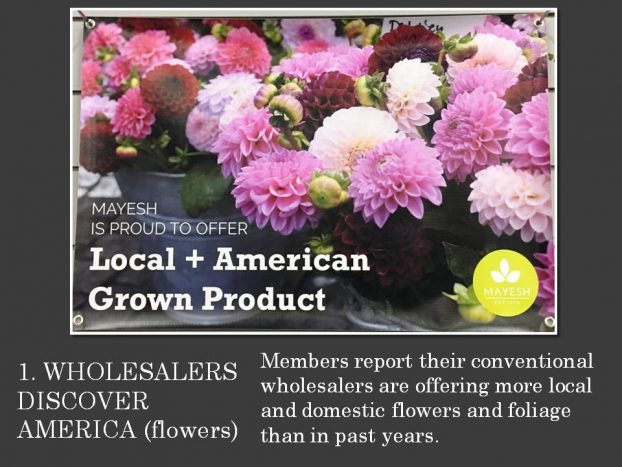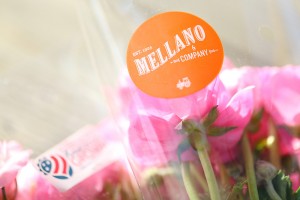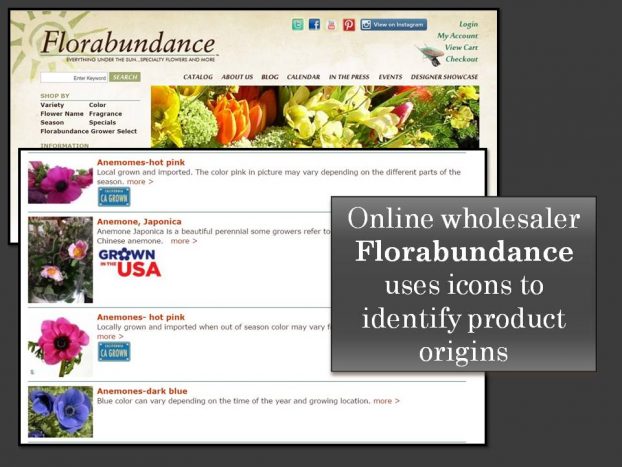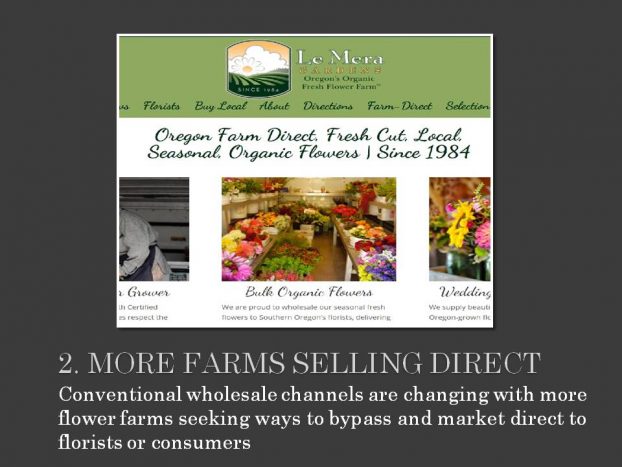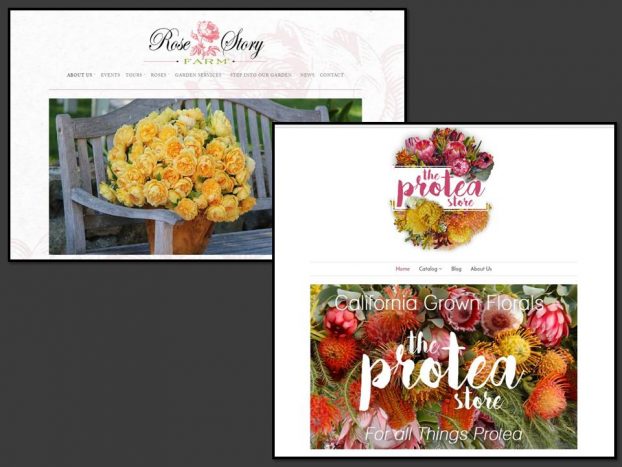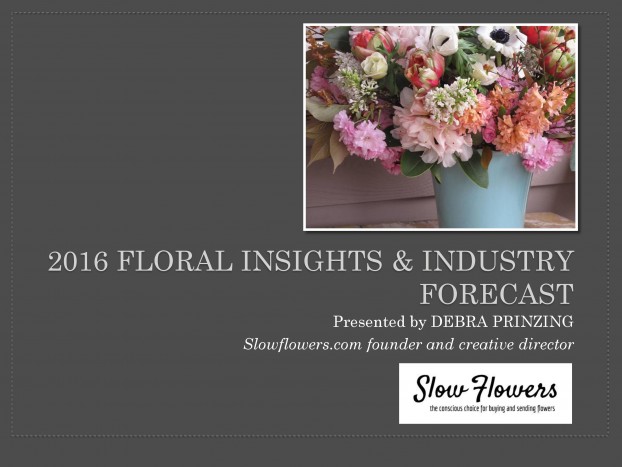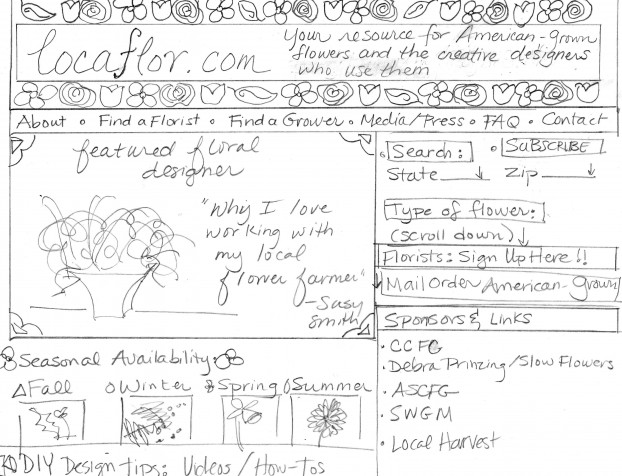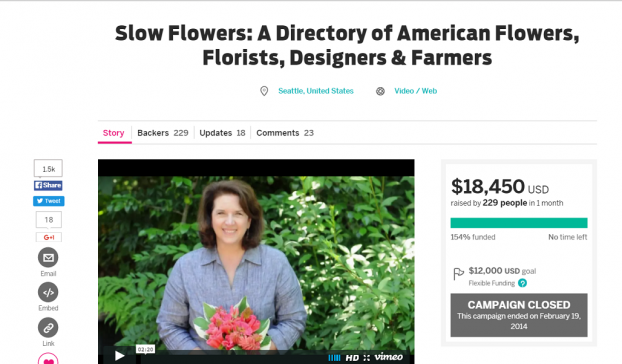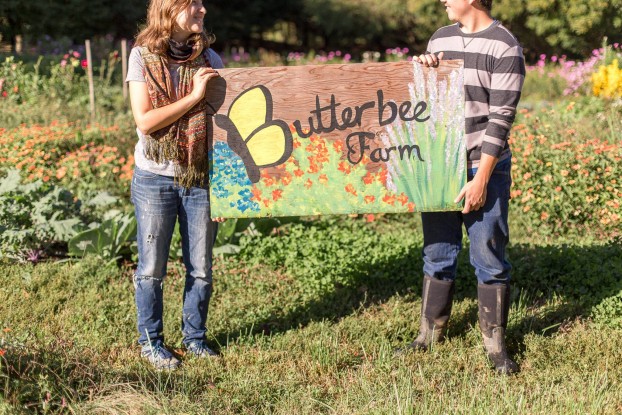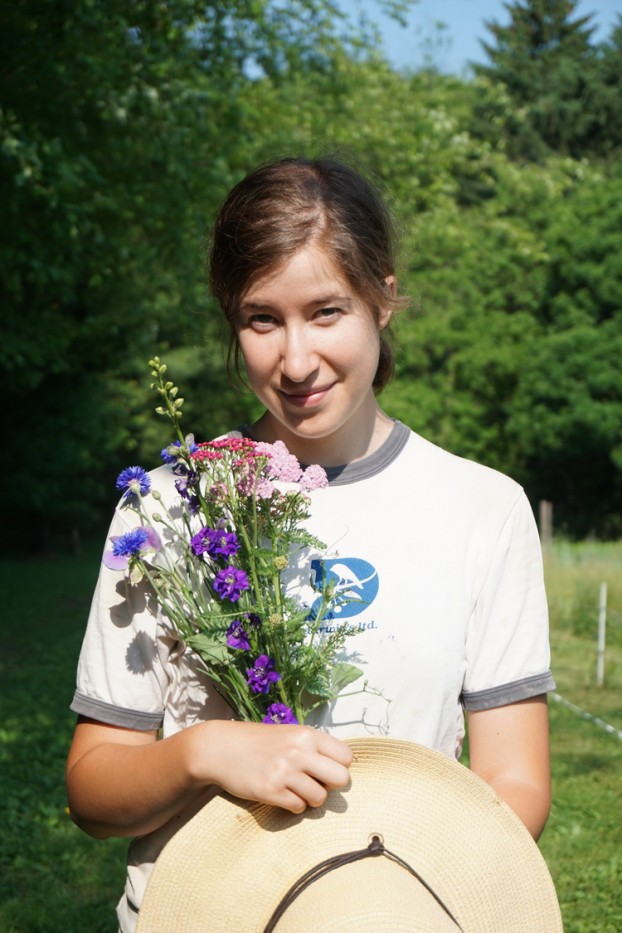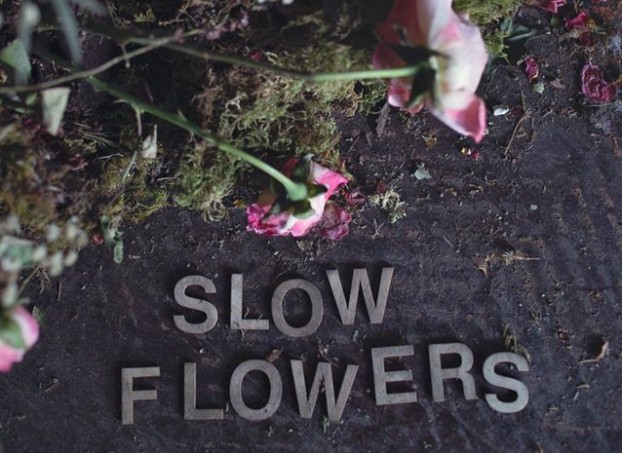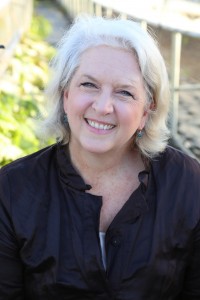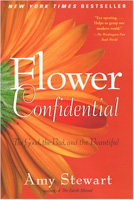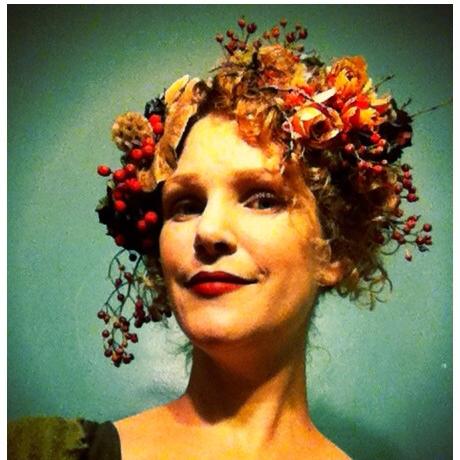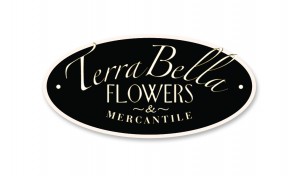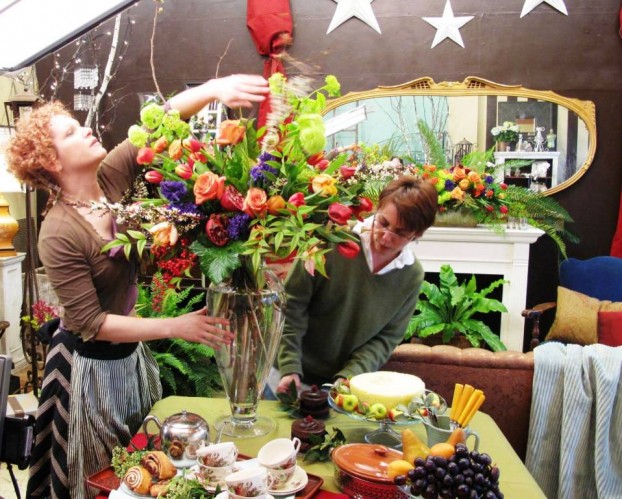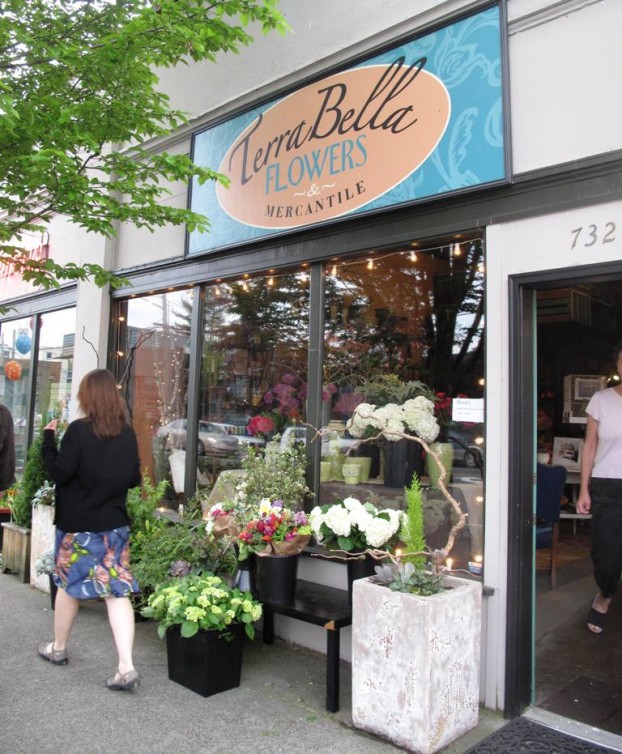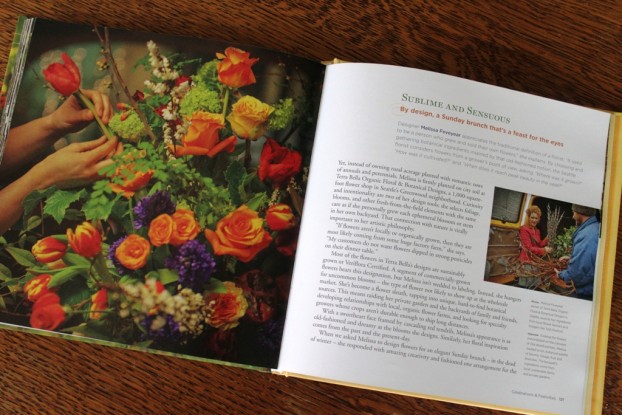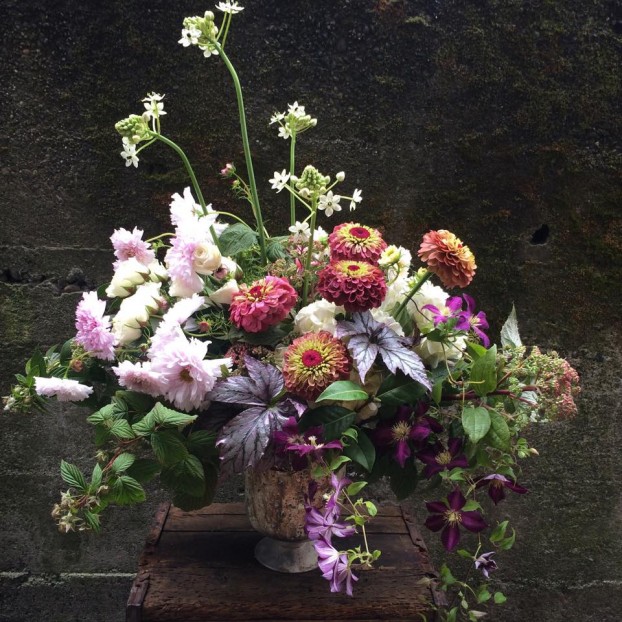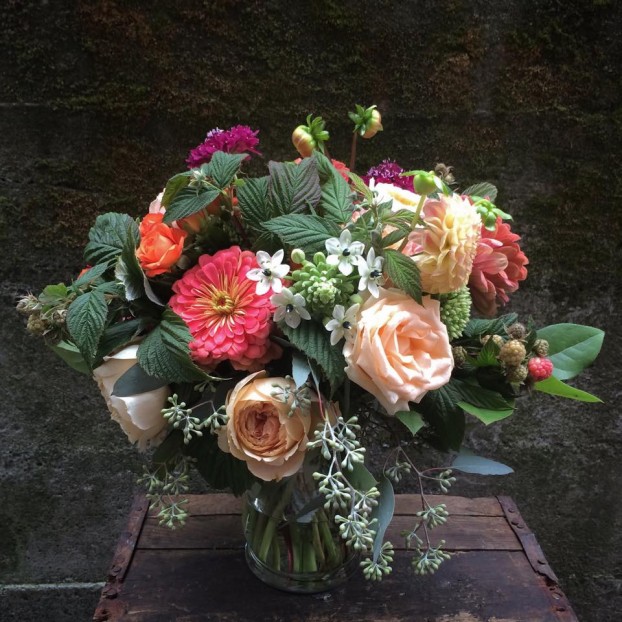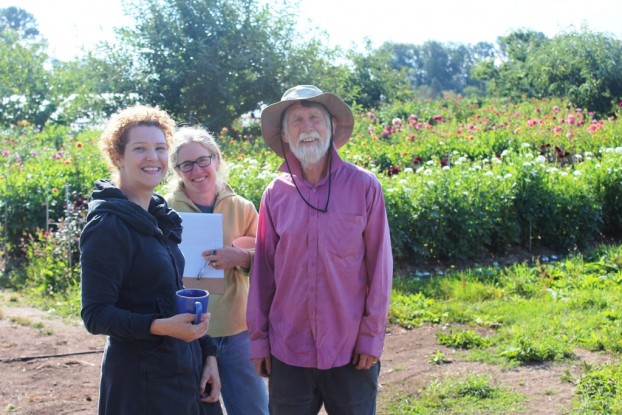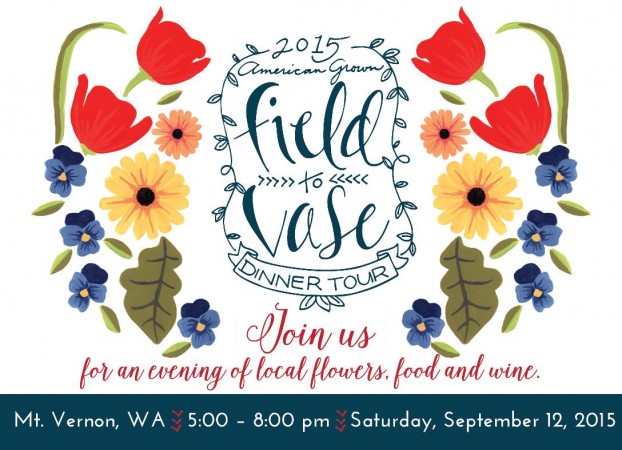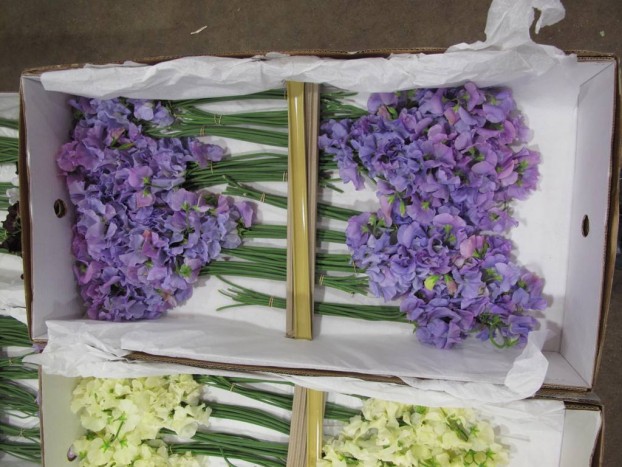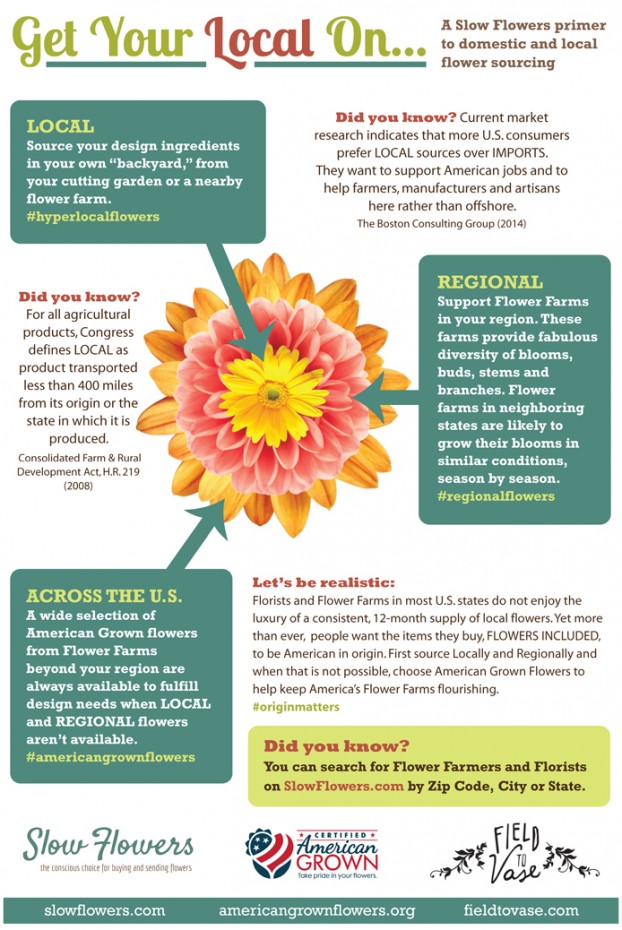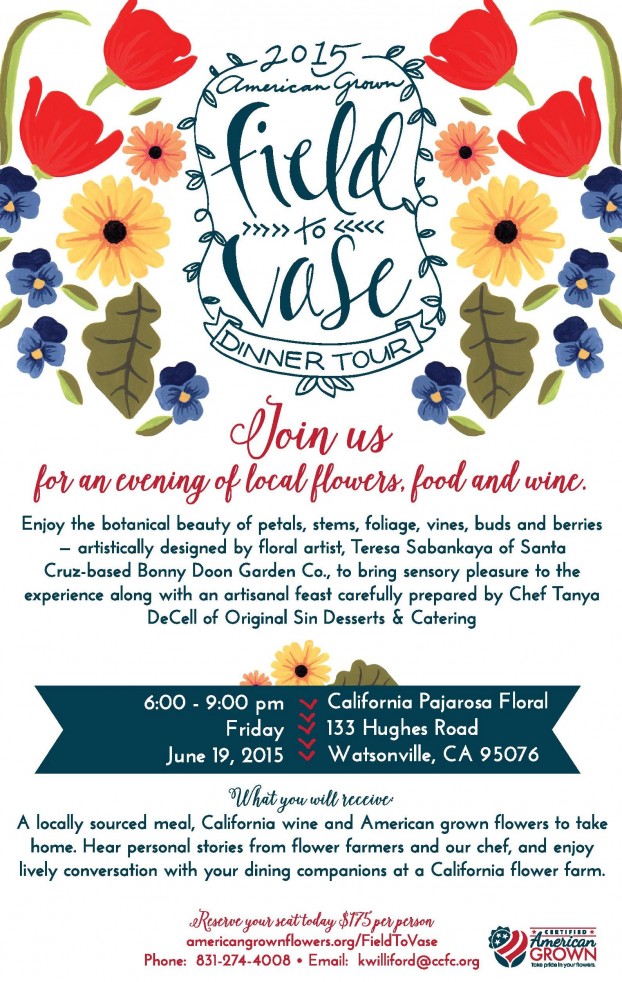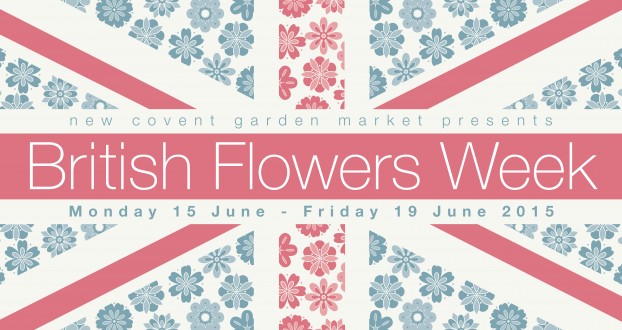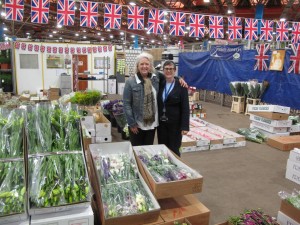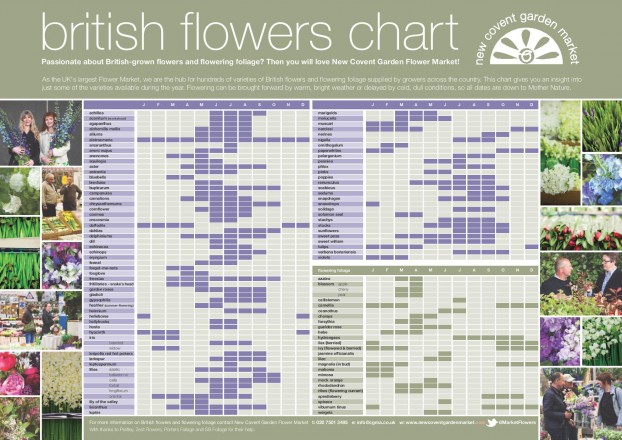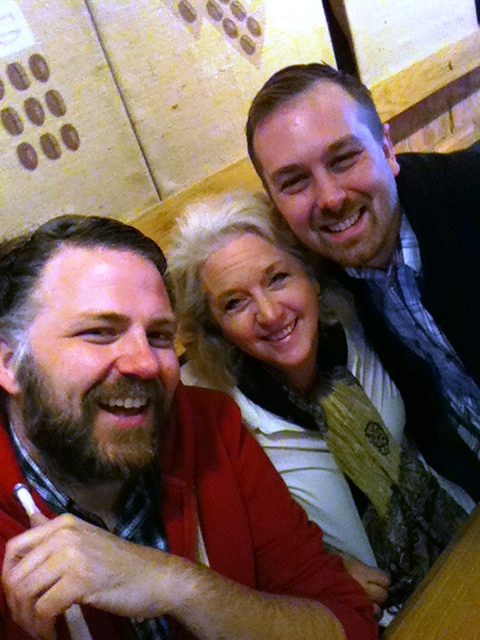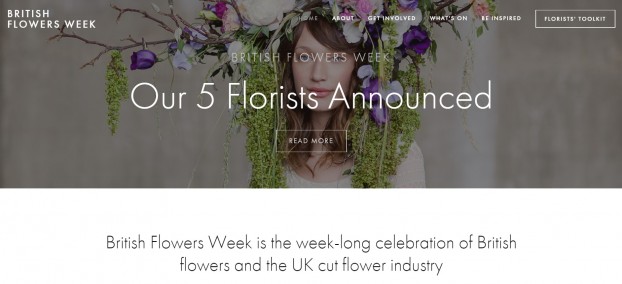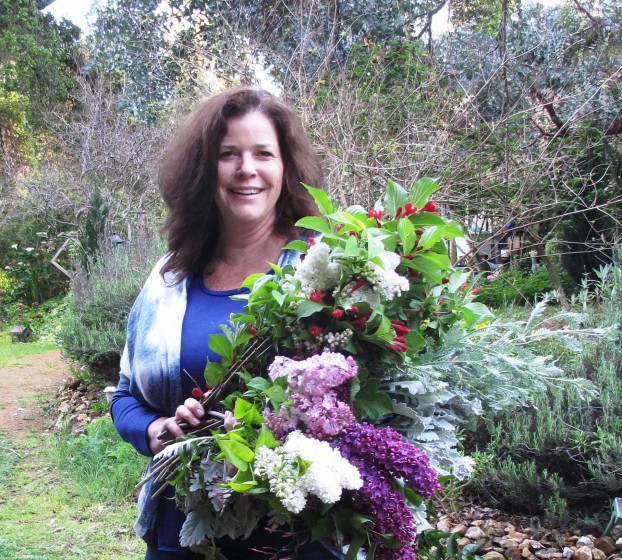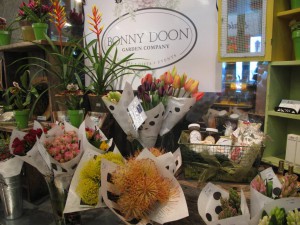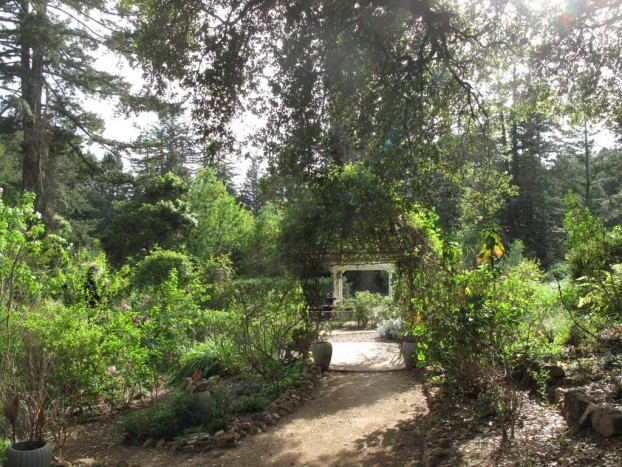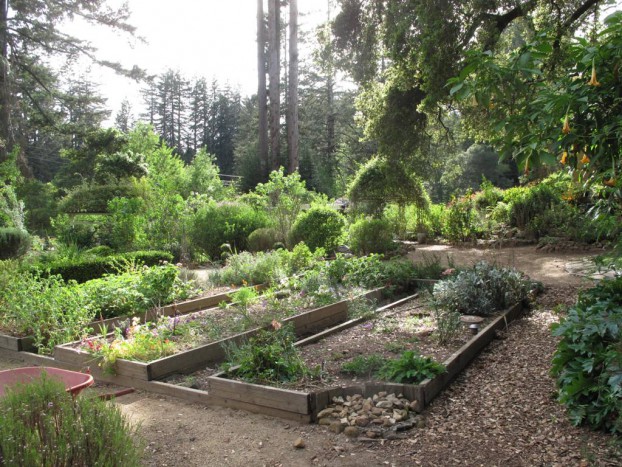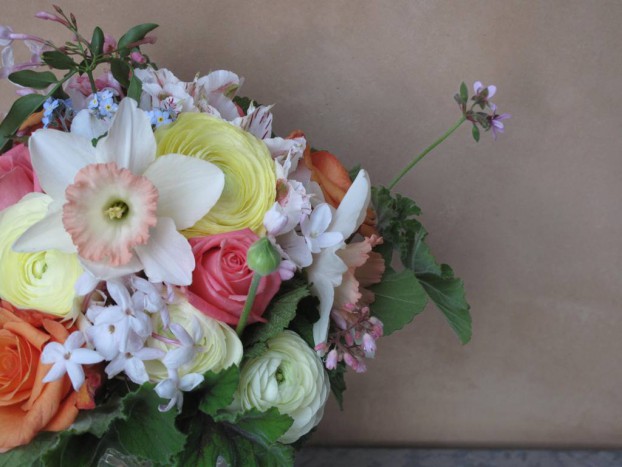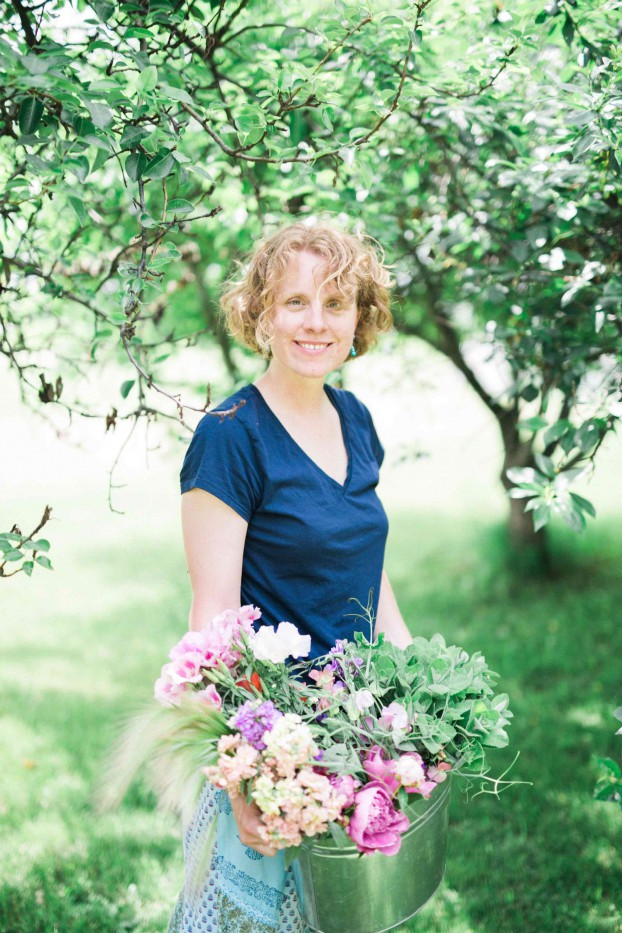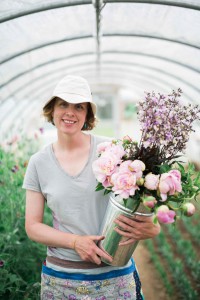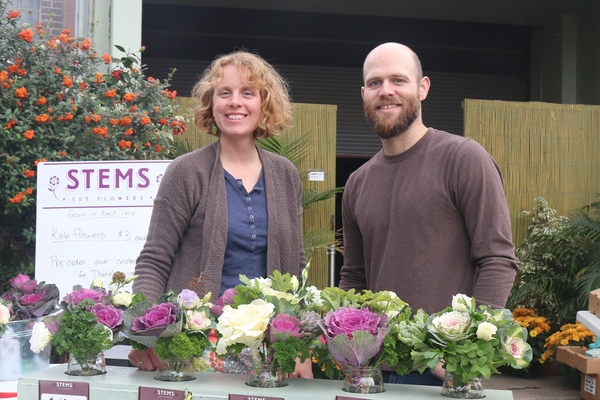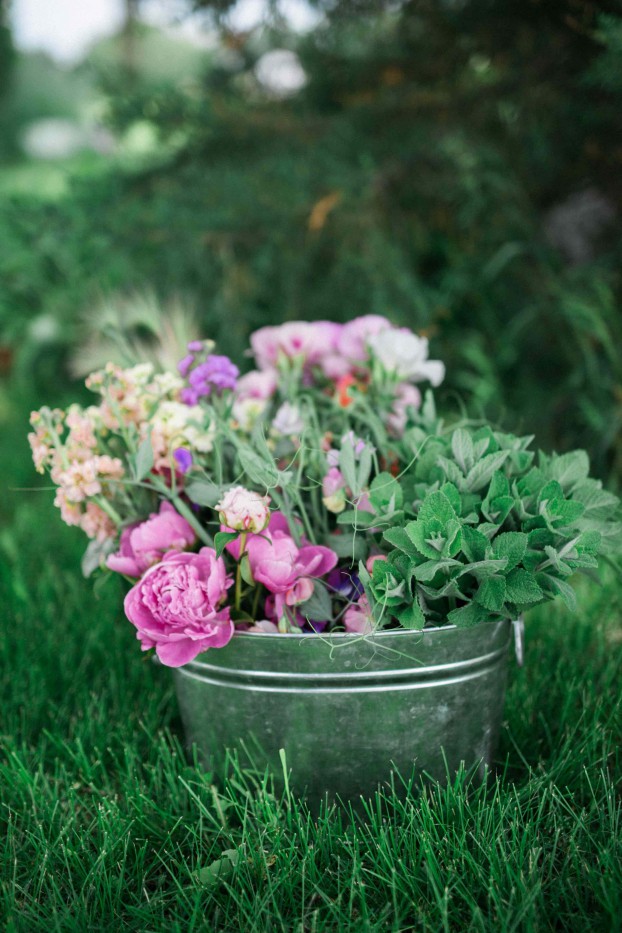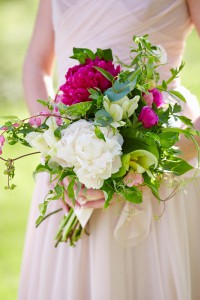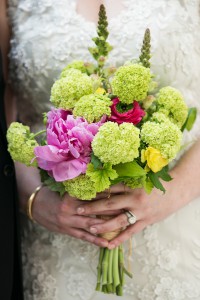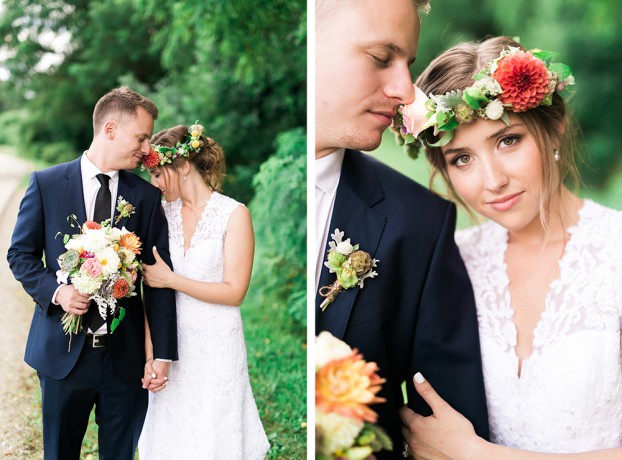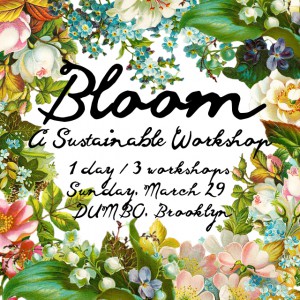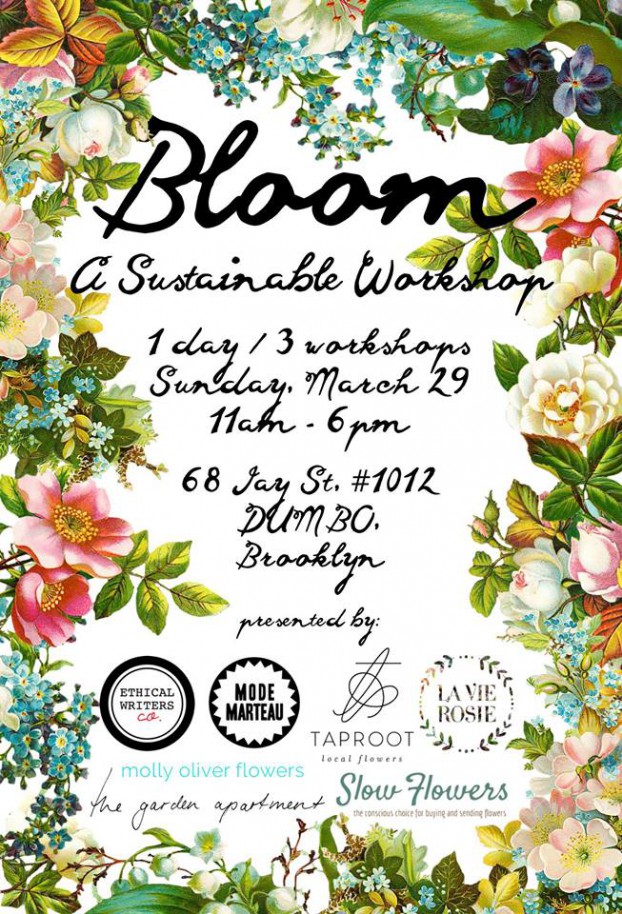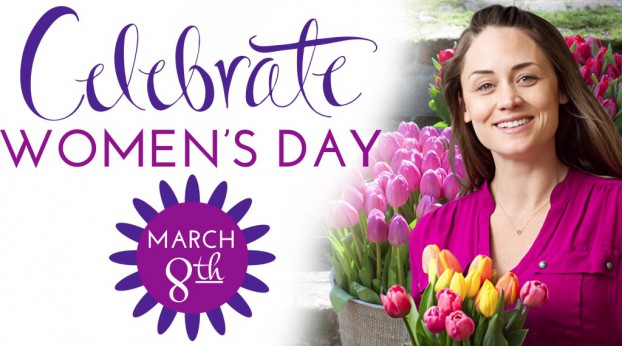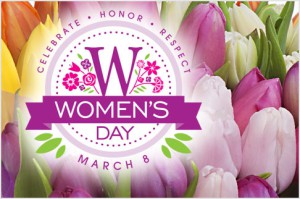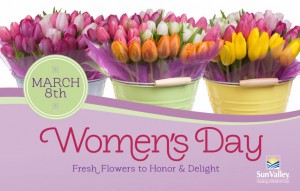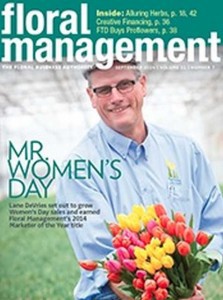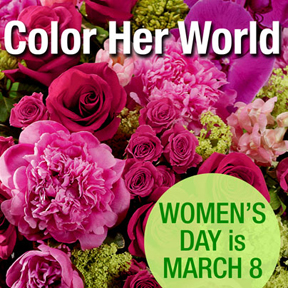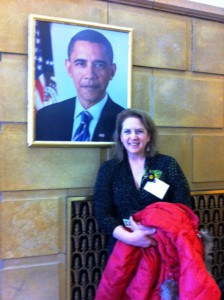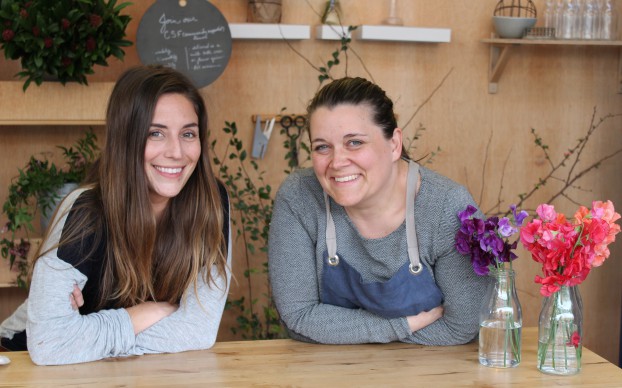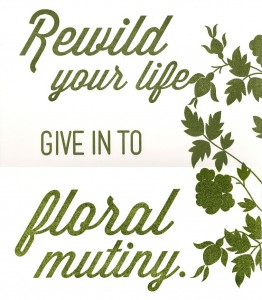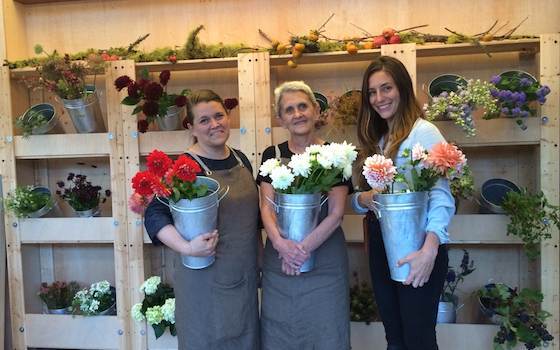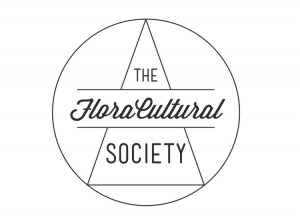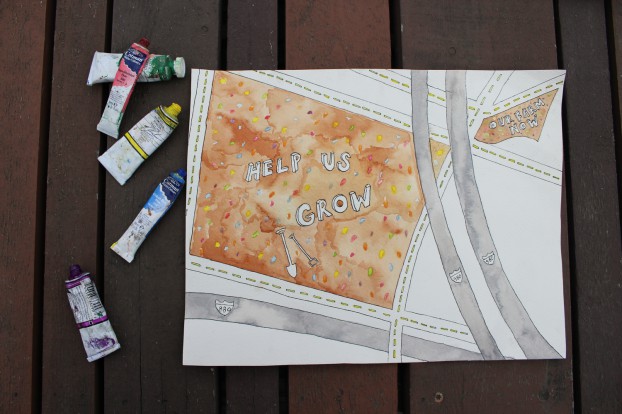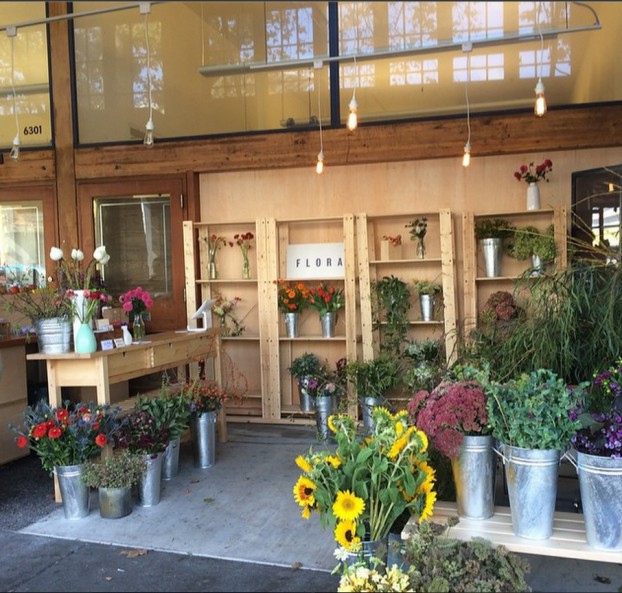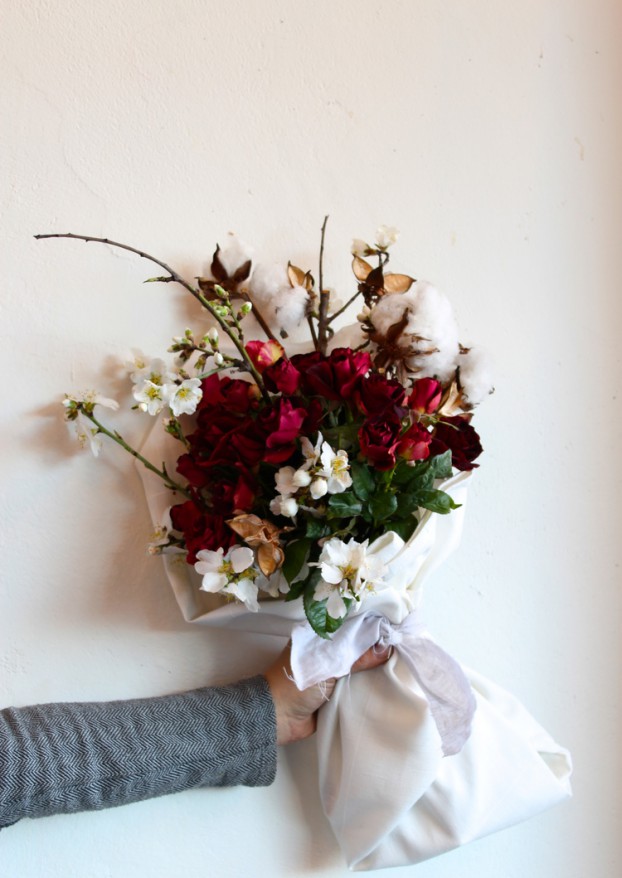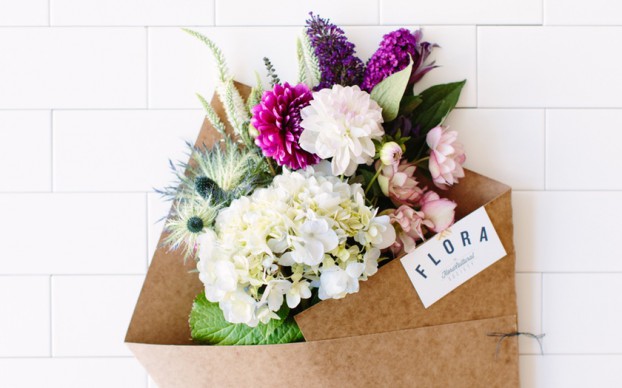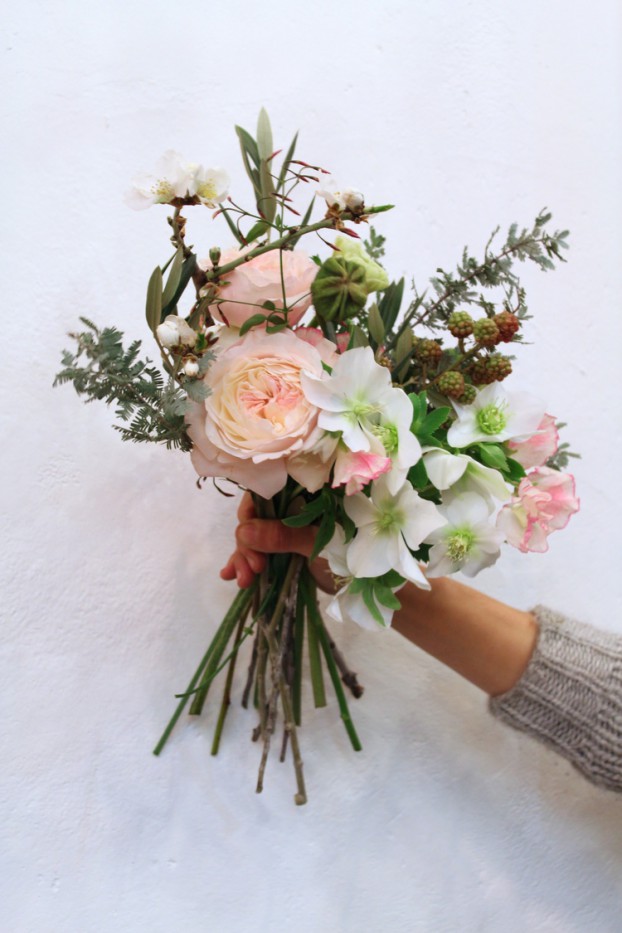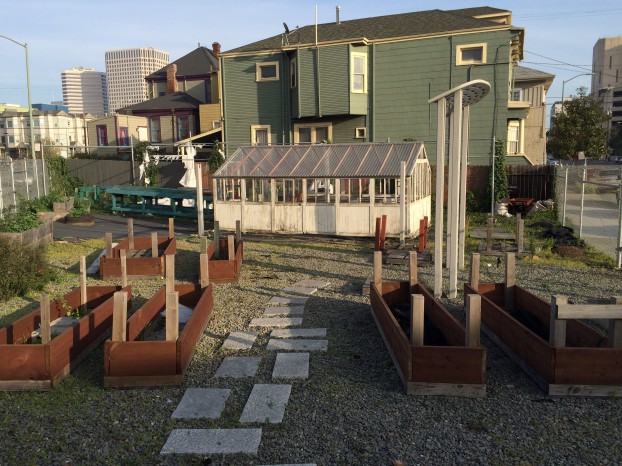
SLOWFLOWERS.COM MARKS FOURTH ANNIVERSARY OF ITS LAUNCH
WITH NEW 2.0 ONLINE AND MOBILE PLATFORMS
Debra Prinzing’s SLOWFLOWERS.COM, a free online directory
to find American flowers, famers, designers and retailers
reveals new look and functionality
SEATTLE, WA (May 21, 2018) — In conjunction with the fourth anniversary of Slowflowers.com, founder Debra Prinzing unveiled Slowflowers.com 2.0 – a visually updated and user-friendly web site for consumers in search of American-grown flowers.
Since its launch in 2014, Slowflowers.com has provided floral consumers with a one-stop address for “slow” flowers and foliage, wedding and event designers and myriad options for gifting local and seasonal flowers. Participation among floral professionals has grown from 250 vendors to more than 700 vendors across the U.S. and Canada. The site averages 29k unique users and 191k page views annually.
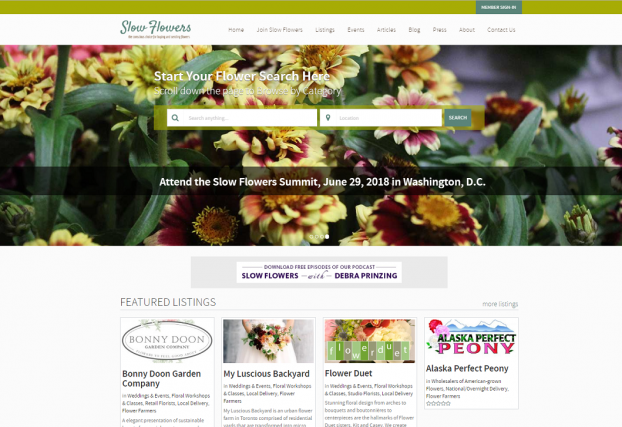
The new platform features clean graphics and easy-to-use navigation for desktop, smart devices and mobile.
“With the upgrade, I believe the Slow Flowers Community will experience higher engagement and interaction with floral consumers,” Prinzing said.
“I started Slowflowers.com with a simple mission, one that continues to be as important today as it was when the idea for this project originated five years ago:
To promote American-grown flowers, to make it easy for flower consumers to connect with florists, shops, studios and farms who provide American-grown flowers, and to encourage truthful and transparent country-of-origin labeling in the floral industry.
“My goal with the project is that when someone wishes to purchase or send flowers, they stop and ask themselves: Can those flowers be American grown? Slowflowers.com provides that answer.”
Prinzing redesigned Slowflowers.com 2.0 with Robert Meador of Seattle-based Metric Media, creator of the original site. All the favorite features carried over to the new platform, including easy-to-search tools for finding vendors in several floral categories, including retail flower shops, studio florists, wedding/event designers, and farm-direct producers. Wholesalers of American floral and foliage product, as well as farms and florists who ship flowers and arrangements overnight – anywhere in the U.S. – are included. All members of Slowflowers.com pledge to supply their customers with local, regional and American-grown flowers.
“We added mobile functionality to serve consumers and upgraded account/dashboard experience for our members,” Prinzing continued. “Our members manage their own content, listings and pages, so ease of use is important.”
The customer “review” feature was originally only a benefit for Premium Level members. With 2.0, Standard Level members now can invite their customers and clients to post reviews. “This is an important feature that adds value for members and consumers alike,” Prinzing added.
Ongoing support from Slowflowers.com’ floral and green industry sponsors and hundreds of subscribing members made the upgrade possible. Sponsors include Florists’ Review magazine, Longfield Gardens, Johnny’s Selected Seeds, Syndicate Sales, Association of Specialty Cut Flower Growers, Seattle Wholesale Growers Market and Certified American Grown.
###
About Debra Prinzing:
Debra Prinzing is a Seattle-based writer, speaker and leading advocate for American Grown Flowers. Through her many Slow Flowers-branded projects, she has convened a national conversation that stimulates consumers and professionals alike to make conscious choices about their floral purchases.
Debra is the producer of SlowFlowers.com, the online directory to American grown farms, florists, shops and studios who supply domestic and local flowers. Each Wednesday, approximately 2,500 listeners tune into Debra’s “Slow Flowers Podcast,” available for free downloads at her web site, debraprinzing.com, or on iTunes and via other podcast services. She is the author of 10 books, including Slow Flowers and The 50 Mile Bouquet.
About Slow Flowers:
Slowflowers.com is part of a multichannel brand producing content that promotes American flowers and the people who grow and design with them. The Slow Flowers Movement began as a response to the disconnect between humans and flowers in the modern era. It aspires to reclaim the act of growing flowers, recognizing flower farming as a relevant and respected branch of domestic agriculture. Slow Flowers connects consumers with the source of their flowers and believes that the value of local, seasonal and sustainably-grown flowers is heightened when there is transparent labeling of all botanicals sold to consumers and florists.









